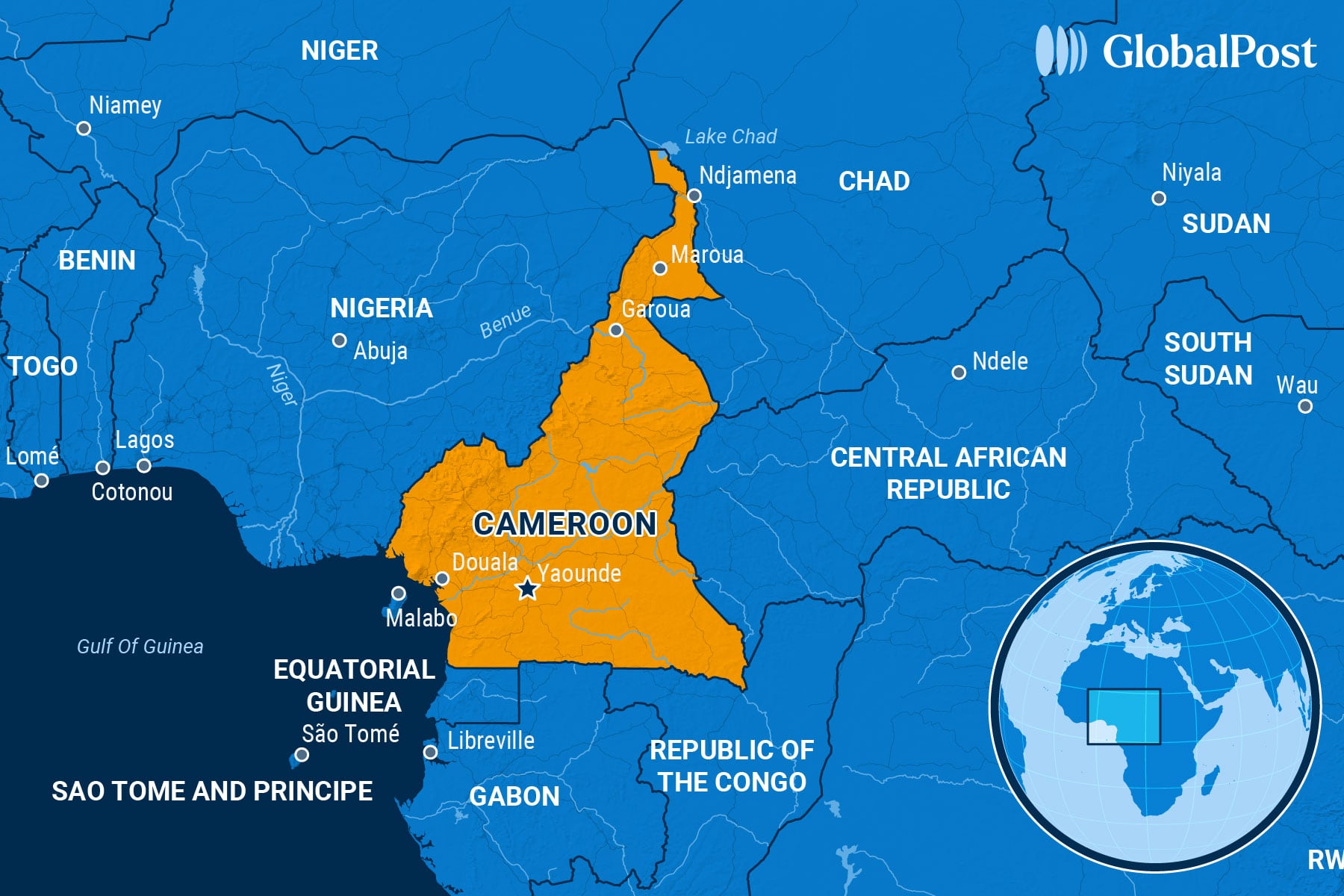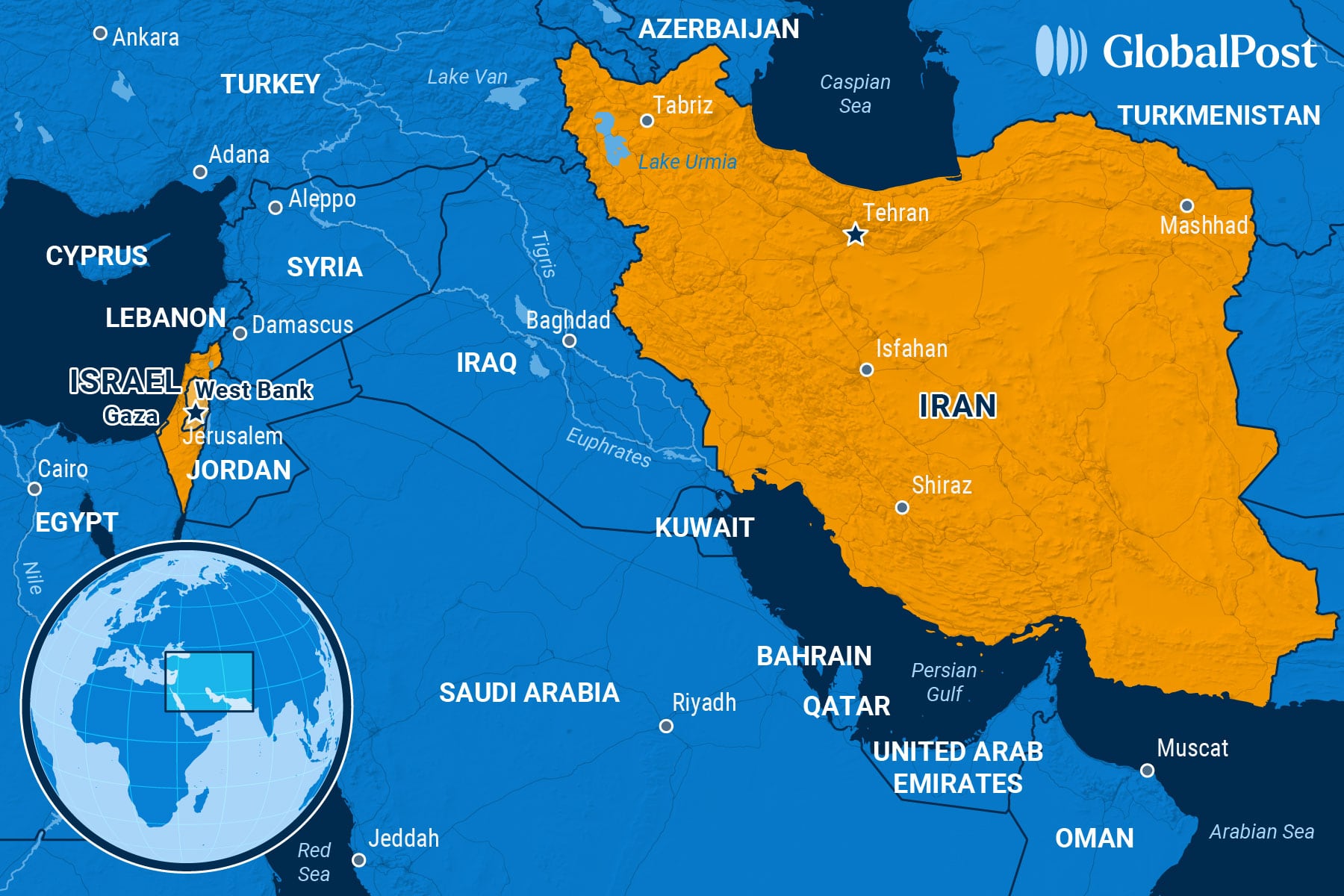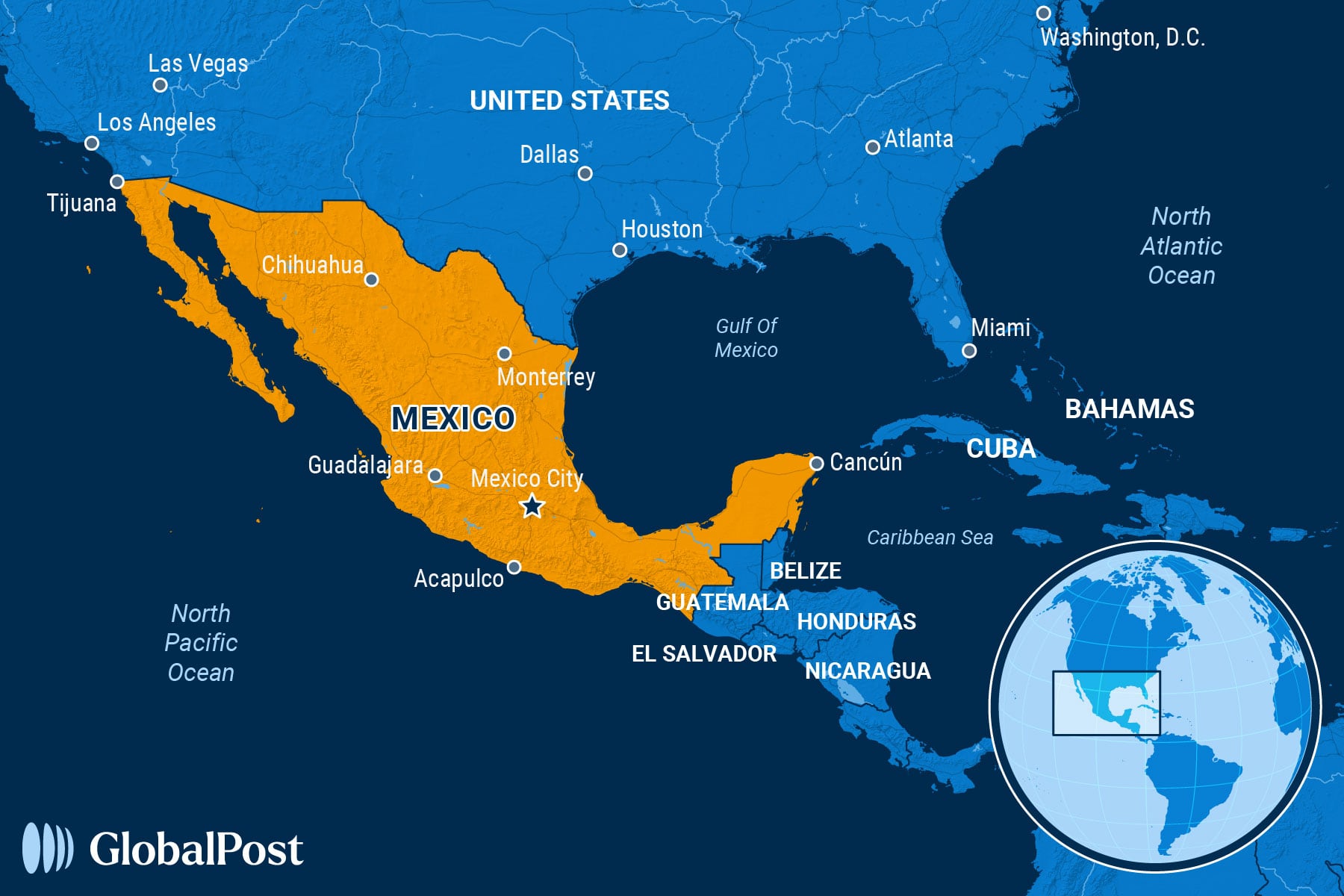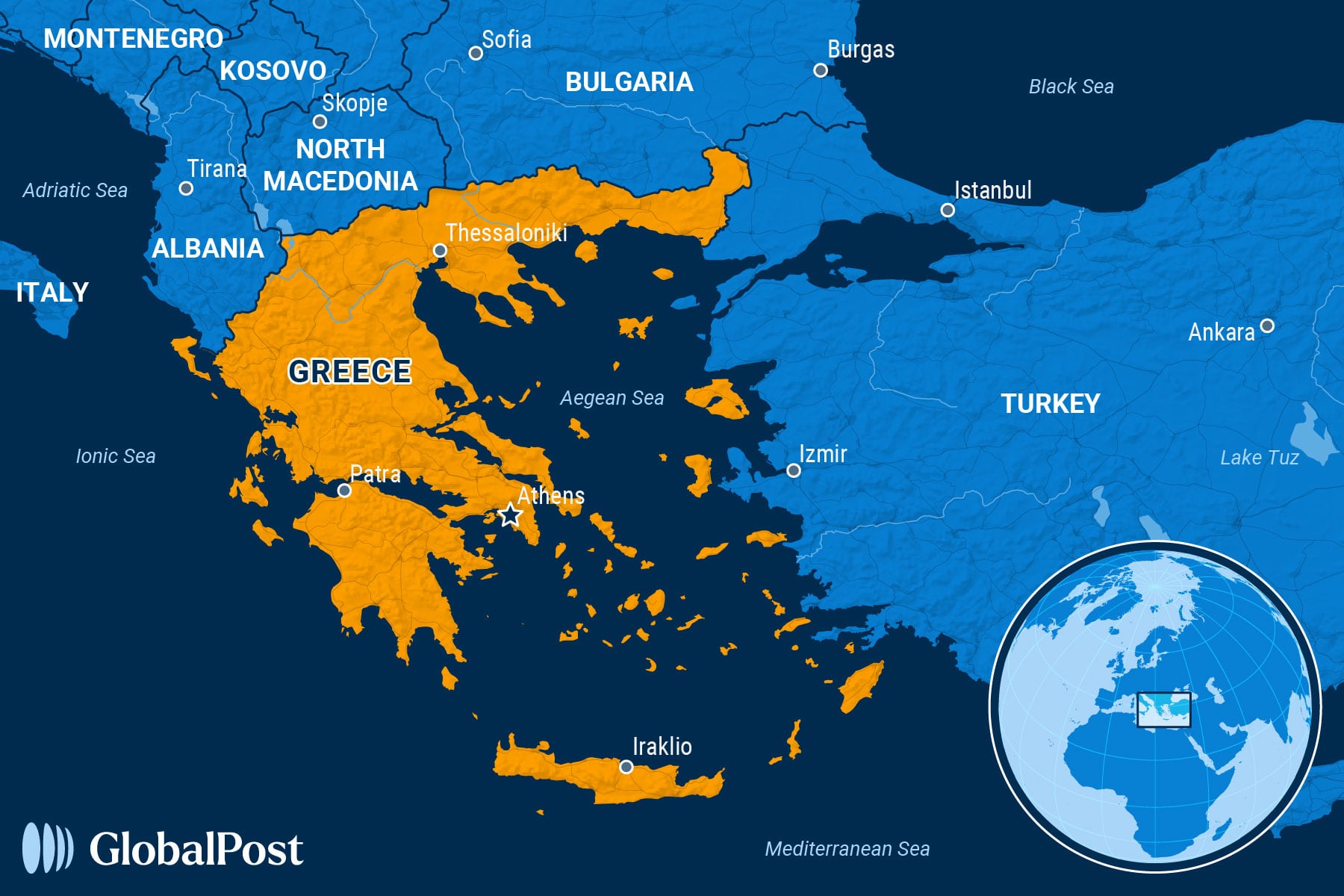When the Walls Close In: Multiple Crises Create Mass Displacement in Cameroon
NEED TO KNOW
When the Walls Close In: Multiple Crises Create Mass Displacement in Cameroon
CAMEROON
 In April, a Cameroonian national living in the US state of Maryland was indicted by federal prosecutors who said he had been “conspiring to provide material support to armed separatist fighters… in Cameroon…”
In April, a Cameroonian national living in the US state of Maryland was indicted by federal prosecutors who said he had been “conspiring to provide material support to armed separatist fighters… in Cameroon…”
Eric Tataw, 38, had allegedly ordered the “murder, kidnapping, maiming of civilians” as well as raised funds for armed groups in Cameroon, the indictment said.
Since 2016, the violent conflict in Cameroon’s Anglophone regions, the North West and the South West, has killed at least 6,000 people.
Here, separatist armed groups have committed serious human rights abuses such as mutilation and torture, according to Human Rights Watch. But so have Cameroonian government forces, carrying out mass killings, the torture of civilians, and the widespread burning of homes. Perpetrators have faced little accountability, the organization added.
Caught in the middle are the more than 334,000 people forced from their homes, which, along with other civilians fleeing conflict elsewhere, make Cameroon host to one of the world’s worst and most neglected refugee crises, according to a new report by the Norwegian Refugee Council. The country hosts 1.5 million people forced from their homes by violence.
The problem is that the country has been hit by multiple crises simultaneously – terrorists and criminal gangs in the north, a civil war in neighboring Central African Republic, and the almost-decade-long fight between separatists in the English-speaking regions and the government of the French-speaking majority.
Anglophone Cameroonians make up around 20 percent of the country’s 28 million people.
The crisis in the English-speaking regions, which were governed by the United Kingdom after World War I until independence in 1960, with France governing the rest, broke out after teachers and lawyers in them began protesting the imposition of French within the Anglophone education and judicial system in 2016.
The situation escalated after the government cracked down on the protesters, with a separatist movement emerging that wanted to secede from Cameroon into a new state called Ambazonia.
“The fight for homeland is existential and non-negotiable,” Sisiku Julius Ayuk Tabe, the former “president” of the breakaway state that is still fighting his revolution from jail after seven years in prison, told the Guardian. “We have an obligation – dead or alive – to bequeath to our children a nation that they can call theirs, something we have been deprived of for too long.”
More recently, the conflict in the Lake Chad region, which also includes Cameroon’s far north Logone-et-Chari district, has been heating up as Islamist militants intensify their cross-border operations and criminal networks continue to operate freely.
Much of the violence is due to the Nigerian militant group Boko Haram which split into two factions: The Islamic State West Africa Province, has tried to push “a kind of heart-and-mind-winning strategy,” trying to set up state-like structures in occupied areas and “sometimes trying to deliver social services, but most of the time preying on communities in terms of extortion and illegal tax collection,” Remadji Hoinathy of the Institute for Security Studies told Deutsche Welle.
The second faction is People Committed to the Prophet’s Teachings for Propagation and Jihad (JAS), which employs indiscriminate violence against the military, local authorities, and civilians – locals are often forced to pay taxes or collaborate with the groups.
In March 2025 alone, there were more than 10 surprise attacks on military barracks in which the perpetrators stole military equipment, weapons, and cars.
As a result of the violence, hundreds of thousands have fled the area.
Adding to that are the 430,000 refugees who have fled conflicts in the central African region, the majority from the Central African Republic.
Constance Banda, who with her husband and six children fled the violence in the English-speaking regions, now lives in a makeshift refugee camp in the capital of Yaoundé.
“It’s very hard for us here,” she told Radio France International. “My children sometimes go for days without food. All I pray for is for the fighting to end so that we can return a rebuild our lives.”
THE WORLD, BRIEFLY
Iran’s Supreme Leader Rejects US Calls To Surrender
IRAN/ ISRAEL
 Iran’s Supreme Leader Ayatollah Ali Khamenei warned Wednesday that any US military involvement in the ongoing conflict with Israel would result in “irreparable damage” to the US, as Israel and Iran continued their strikes for the sixth consecutive day amid international calls to de-escalate, CNBC reported.
Iran’s Supreme Leader Ayatollah Ali Khamenei warned Wednesday that any US military involvement in the ongoing conflict with Israel would result in “irreparable damage” to the US, as Israel and Iran continued their strikes for the sixth consecutive day amid international calls to de-escalate, CNBC reported.
In a televised speech, Khamenei rejected US President Donald Trump’s call for Iran’s “unconditional surrender” and dismissed his warnings as “absurd.”
“The Iranian nation is not one to surrender,” Khamenei said, adding that any US military action “will 100 percent backfire.”
His comments came after Trump posted on social media that Khamenei was “an easy target,” but that the US had no plans to kill him, “at least not for now,” according to the Associated Press.
The current outbreak of fighting began late last week when Israel launched surprise airstrikes targeting Iran’s nuclear and military infrastructure. Since Friday, Tehran has responded by bombarding Israeli cities with hundreds of missiles and drones, Israeli officials said.
At least 24 people have been killed and hundreds wounded in Israel, while Iranian authorities reported 224 dead and over 1,200 injured in figures that have not been updated since the weekend.
However, the Washington-based group Human Rights Activists said that Israeli attacks have killed at least 639 people in Iran, including 263 civilians and 154 members of the security forces.
On Wednesday, the International Atomic Energy Agency (IAEA) confirmed that Israeli strikes destroyed two centrifuge component production facilities near Tehran, as well as missile sites and military infrastructure in the cities of Karaj and Isfahan, Agence France-Presse added.
Tensions have soared in the Middle East since the outbreak of the Gaza war on Oct. 7, 2023, when the Iran-backed group Hamas launched a surprise attack on southern Israel. Israel has since accused Iran of using regional proxies to carry out further attacks – a claim Tehran denies.
While the White House has said it is not involved in Israel’s military operations, analysts warned that Trump’s recent statements signal a shift in the US’ posture.
The US has already deployed more warships and aircraft to the region and warned Tehran that further escalation could trigger a massive response.
Amid the fighting, G7 leaders meeting in Canada condemned Iran as a “principal source of regional instability and terror” and expressed support for Israel’s “right to defend itself,” while urging regional de-escalation.
Even so, French President Emmanuel Macron warned that regime change in Iran would lead to “chaos” and called on Trump to return to diplomacy.
The Epidemic: Mexican Mayor Murdered is Sixth in Michoacan State this Year
MEXICO
 Mexican mayor Martha Laura Mendoza was killed Tuesday when leaving her home in the western state of Michoacan, less than two days after another mayor was killed in the southern state of Oaxaca, in the latest outbreak of violence targeting local politicians, the Associated Press reported.
Mexican mayor Martha Laura Mendoza was killed Tuesday when leaving her home in the western state of Michoacan, less than two days after another mayor was killed in the southern state of Oaxaca, in the latest outbreak of violence targeting local politicians, the Associated Press reported.
Mendoza was the mayor of Tepalcatepec, a city bordering Jalisco state, and long a hotspot for cartel violence. Several organized crime groups are active in the area.
Mexico has seen a marked rise in violence directed at local politicians in recent years, mainly instigated by organized crime networks: Criminal gangs often target those officials who refuse to cooperate with their gangs, the BBC added. Attacks are also more likely to take place in small towns, where organized gangs have a stronger hold.
Candidates running for office have also been targeted over the past few years.
Meanwhile, Mendoza was the sixth Michoacan mayor to be assassinated since the current Mexican administration was sworn in last October.
Earlier this month, gunmen shot and killed Tacambaro mayor Salvador Bastidas.
Another local politician, San Mateo Piñas Mayor Lilia García Soto, was killed two days ago in Oaxaca. According to witnesses, four armed men arrived on motorcycles and stormed the village hall, opening fire on the mayor and another local official. The gunmen are still at large.
García Soto is also the second mayor to be murdered in the state of Oaxaca this year.
Splitting the Baby: Turkey and Greece Stake Claims To Same Area of Aegean
GREECE

Turkey claimed half of the Aegean Sea this week, triggering accusations from neighboring Greece that it is trying to steal its territory, the latest salvo between the longtime foes, which have fought over the area for decades, Reuters reported.
Turkey’s move comes a week after Greece announced plans to create two marine parks in waters that Turkey considers its own, Politico noted. The parks are slated for the Ionian Sea and the Southern Cyclades region of the Aegean Sea, according to Greek Prime Minister Kyriakos Mitsotakis.
In April, Greece submitted a belated maritime spatial plan to the European Union, citing geopolitical issues in the eastern Mediterranean as one of the reasons for the years of delay in the submission.
Maritime spatial plans refer to the area in which activities like fishing, sea transport, tourism, aquaculture, and renewable energy projects can take place. It also provides for the creation of marine protection zones.
This week, Turkey officially published its own map, after submitting it for approval to UNESCO’s Intergovernmental Oceanographic Commission.
In the map prepared by Ankara University, Turkey outlines its rights to the sea surrounding the mainland and how it can use those waters for economic, scientific, and military purposes.
While the spatial plan doesn’t determine a country’s exclusive economic zone – since those are set through bilateral agreements – the Turkish map includes several of Turkey’s established territorial assertions, many of which overlap with claims made by Greece.
Greece complained that Turkey’s map splits the Aegean Sea in half and stakes claims to the maritime zones of several Greek islands, a move it called illegal.
Turkey said in April that the map was made with respect to the EU’s rights, obligations, and laws, and the United Nations Convention on the Law of the Sea, or UNCLOS.
A high-level meeting between the two countries is expected to take place in Turkey later this year.
DISCOVERIES
Cosmic Shake and Glitter
For decades, scientists have wondered how the universe forged its heaviest elements, such as gold, platinum, and uranium.
Current research has found the explosive collision of neutron stars can create these metals but a new study is now suggesting there may be another, earlier and messier culprit: Magnetars.
Magnetars are rare, hyper-magnetized neutron stars, born from the collapsed cores of massive stars.
They’re already among the most extreme objects in the cosmos – dense enough that a teaspoon of their material would weigh a billion tons on Earth. But when they undergo violent “starquakes,” these stellar oddities might also eject matter that forms heavy elements.
“It’s a pretty fundamental question in terms of the origin of complex matter in the universe,” study lead author Anirudh Patel said in a statement. “It’s a fun puzzle that hasn’t actually been solved.”
Patel and his colleagues turned to 20-year-old data from a 2004 magnetar flare captured by multiple satellites, including NASA’s RHESSI and Wind missions, as well as the European Space Agency’s INTEGRAL mission.
Their model predicted what a gamma-ray signature from the creation of heavy elements might look like. To their astonishment, a mysterious signal found in the archival data matched that prediction almost perfectly.
“It was noted at the time, but nobody had any conception of what it could be,” said co-author Eric Burns, an astrophysicist at Louisiana State University.
The researchers believe the conditions in giant magnetar flares could enable a rapid neutron-capture process by essentially bombarding lighter elements with neutrons until they transform into gold or heavier metals.
Their findings suggest magnetars might be responsible for up to 10 percent of the heavy elements in our Milky Way galaxy.
Still, not everyone is convinced.
Eleonora Troja of the University of Rome in Italy, who helped confirm gold production in a neutron star merger in a 2017 study, told CNN that the new evidence is “in no way comparable” and that magnetars are “very messy objects.”
Troja was not involved in the new study.
The team hopes NASA’s upcoming COSI mission will help confirm whether these cosmic firecrackers really are seeding the galaxy with precious metals.
“It’s very cool to think about how some of the stuff in my phone or my laptop was forged in this extreme explosion over the course of our galaxy’s history,” said Patel.
